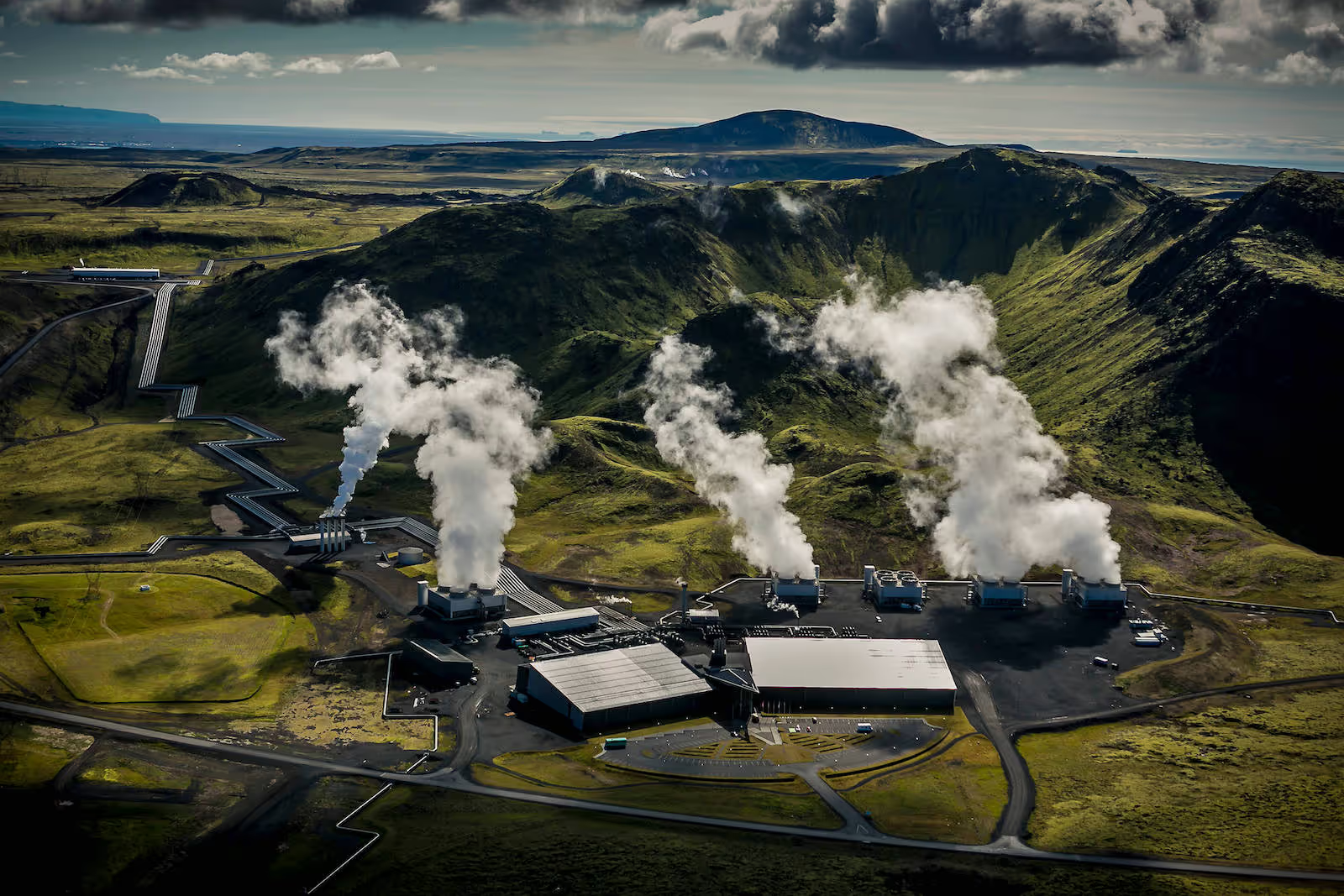As the climate crisis becomes more urgent, organizations around the world are contributing to the solution by evaluating their own carbon footprints. Carbon dioxide accounts for nearly 70 percent of greenhouse gas (GHG) emissions and businesses generate an outsized percentage of such emissions. Recognizing their responsibility to mitigate global warming, companies are working to not only lower their emissions, but also invest in projects that remove existing CO2 from the atmosphere.
Carbon markets have become one of the most popular ways for businesses to reduce their overall carbon footprint, allowing organizations to compensate for or neutralize their unavoidable emissions by purchasing carbon offsets: one-to-one investments in projects that sequester or prevent GHGs from being emitted.
The majority of marketplaces offer verified carbon offset projects, which undergo a standard evaluation process to confirm they reduce or remove carbon from the atmosphere. However, as new carbon sequestration technologies emerge that don’t align with traditional verification methodologies—or that demonstrate proof of impact in other ways—marketplaces are beginning to feature more non-verified, frontier carbon offsets. Additionally, some companies are starting to direct funds towards non-verified projects, or are taking on the verification themselves.
“At the end of the day, we have a large problem and we need to make parallel attempts to solve it,” says Brennan Spellacy, co-founder and CEO of negative emissions platform Patch. “We can support legacy verification standards, and we can also give promising, new technologies a good shot at advancing.”
What is carbon offset verification?
Third-party verifiers, such as GHD Services Inc. or SCS Global Services, evaluate projects’ climate change benefits based on a variety of methodologies, which vary by industry. Projects are evaluated on multiple fronts, including:
- Additionality considers whether or not the reduction in GHGs would have happened without funding the project. For example, you cannot monetize a naturally occurring carbon removal project, such as a forest that isn’t at risk of deforestation.
- Permanence analyzes the estimated duration of the project’s impact, including any potential interruptions to the duration (such as deforestation).
- Leakage considers any unintended consequences of the project that may override or limit its impact. For example, improved forest protection in one area may lead to higher rates of harvesting in another.
Many of the verified carbon offset projects are nature-based, such as forestry projects that promote afforestation and reforestation. Nature-based solutions are a valuable part of a multi-pronged approach to climate change, and present co-benefits such as job creation, species protection, and drought prevention. But they also take time and progress can be unpredictable: New forests require decades before they can absorb as much carbon as an old-growth forest—granted the trees survive.
“Nature-based solutions are needed, but it’s not the only investment we should be making,” says Spellacy. “The IPCC has asserted that there's no way for us to meet our climate goals of limiting warming to 1.5 degrees without technological or engineered carbon removal.”
While verification is the most widely respected way to approve carbon offsets, the system is not necessarily built for innovation. Verification is expensive and time-consuming, which prevents many frontier, tech-driven projects from seeking it out.
What are frontier carbon removal projects?
Non-verified carbon offset projects tend to use strategies for carbon removal engineered by humans in the last decade. These frontier projects offer two main benefits: durability and scale. As Spellacy explains, “Even though frontier projects are more expensive right now, there’s also a bit more control and a path to allow ramping capacity quickly.”
While a preventative deforestation project may only be guaranteed for 50 years, innovative carbon capture projects offer significantly longer permanence. Charm Industrial, for example, converts biomass into bio-oil—which has a high carbon content—and injects it into underground rock formations where it will be sequestered for thousands of years.
With more control over production, frontier projects also have the potential to scale quickly with tremendous impact—like Ecoera, which produces a carbon-stable substance called biochar. Agricultural professor Johannes Lehmann estimates that adding biochar to just 10 percent of global cropland could store 29 billion tons of CO2—almost equal to our annual GHG emissions.
While frontier projects are not yet verified in the traditional sense, they still participate in academic research and undergo third-party reviews from non-profits like Carbon Plan or investment firms like Carbon Direct, offering other points of proof.
Why are companies investing in non-verified carbon offsets?
Legacy carbon offsets offer familiarity and integrated impact: verified projects often include co-benefits, such as improving biodiversity or lifting people out of poverty, which translates well for large, consumer-facing brands. Verified projects also tend to be more affordable.
For nimbler companies laser-focused on climate outcomes, Spellacy says frontier projects are likely a better fit: “When you have high margins and low levels of pollution, it's easy to go and buy the most expensive, innovative option for carbon removal. If you have a lower margin business and a high level of pollution, it may be more cost-effective to reduce emissions internally or invest in a nature-based solution.”
As with all new technology, potential benefits come with potential side effects. Scientists are still working to fully grasp the role frontier solutions could play in reversing climate change. The next few years are positioned to be pivotal for environmental advancements.
What does the future of carbon offsets look like?
Five years after the Paris Agreement, countries around the world are expanding sustainability policies in promising ways: Canada’s supreme court recently upheld a national carbon tax, U.S. lawmakers introduced a bipartisan carbon tax credit reform, and New Zealand passed a milestone climate law for financial firms.
As regulations evolve, Spellacy sees the distance between legacy and frontier projects narrowing—and compliance catching up.
“Government support comes with regulation, methodologies, and solutions to the verification problems we see today,” he says. “Right now, we’re mostly operating in the voluntary market, but over the next decade, I believe these lines will blur and all different forms of carbon removal will exist within the same compliance system. All of these solutions are bridging the gap to a zero emission world.”





